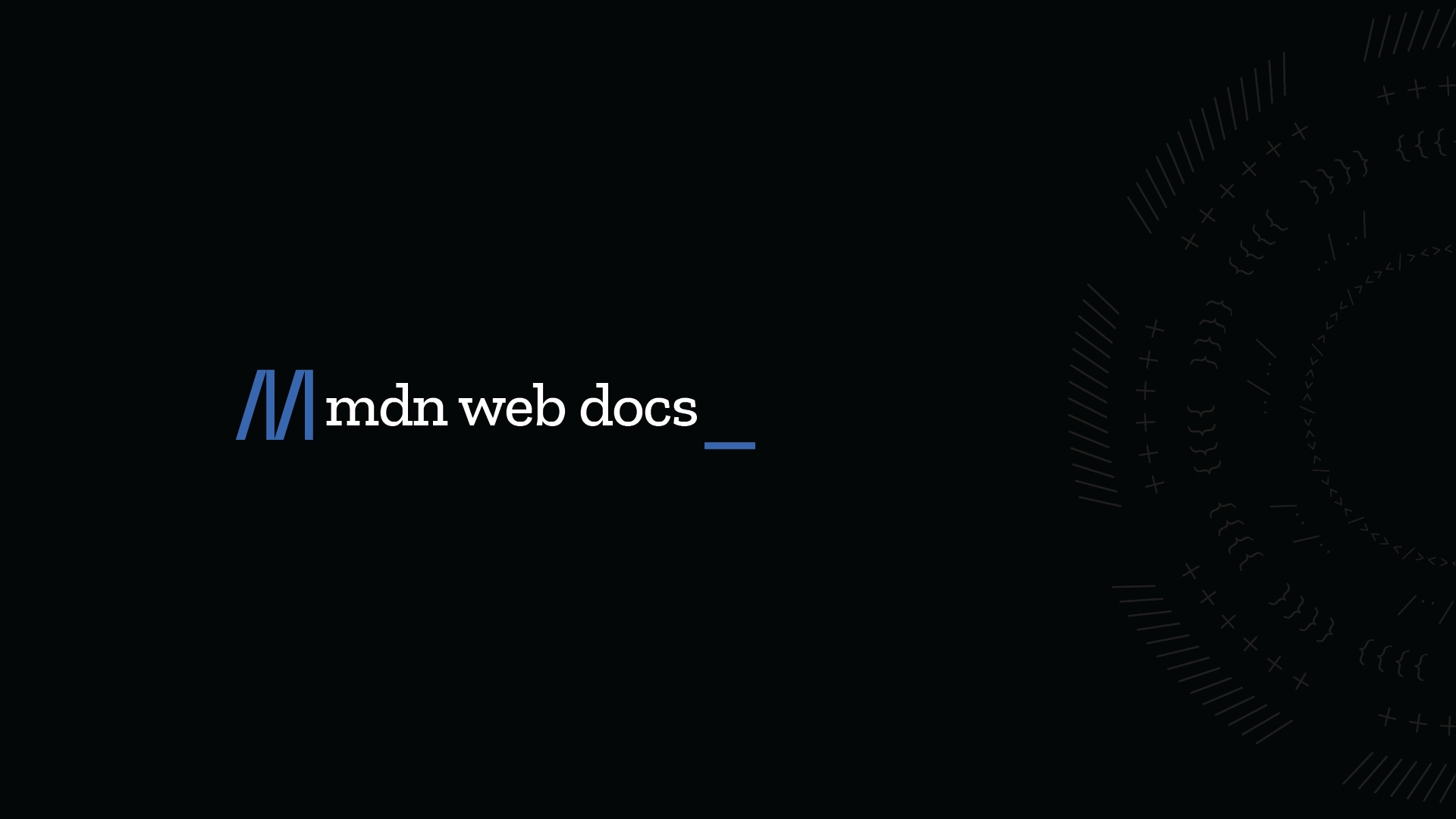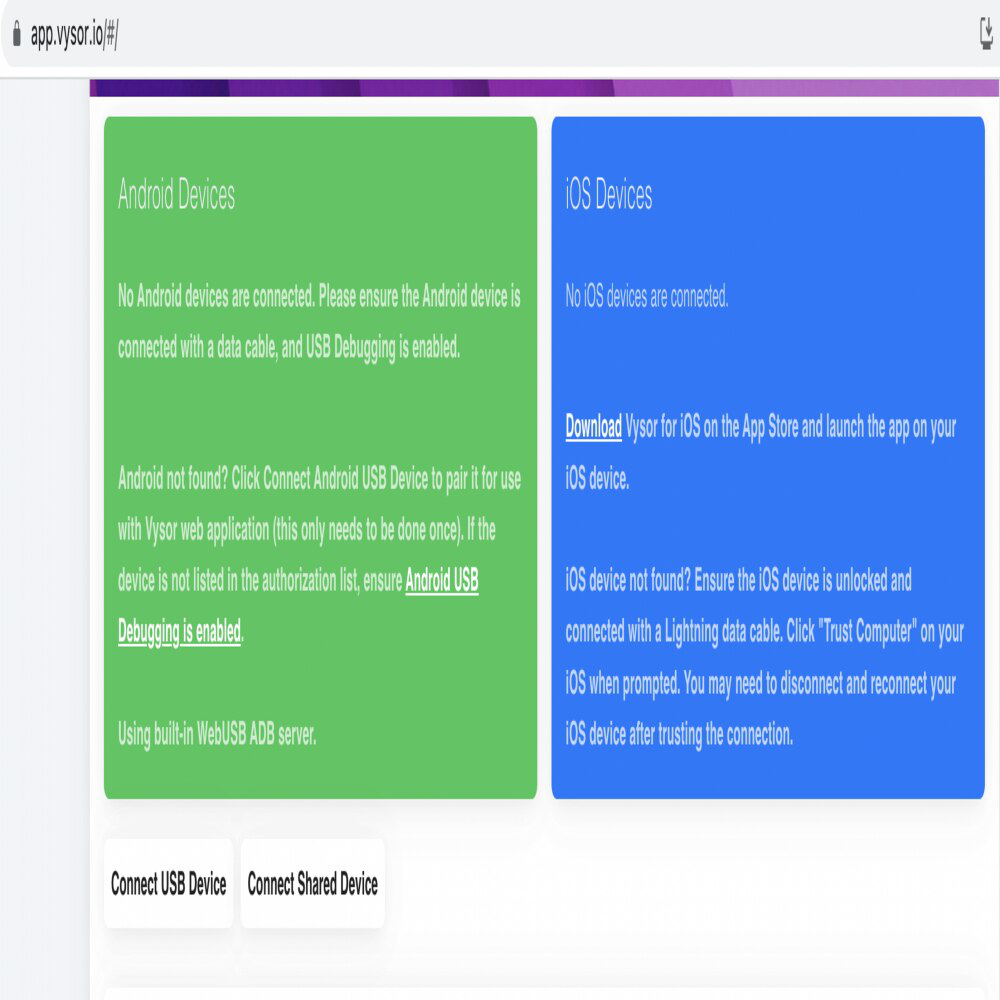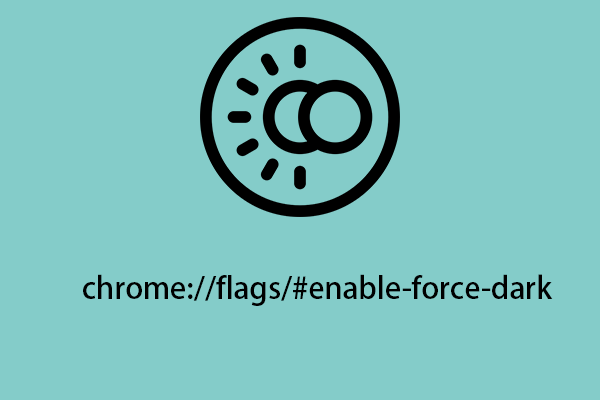
Understand Your Website's Audience: Using a Flag Counter for Deeper Visitor Insights
Want to truly understand who is visiting your website? A flag counter is a simple yet powerful tool that can give you crucial insights into your audience. From geographical location to preferred browsers, this unassuming widget offers surprisingly valuable data. Let's explore how a flag counter can help you refine your strategy and improve user engagement.

What is a Flag Counter and Why Should You Use One?
A flag counter is a web-based tool that visually displays the countries from which your website visitors originate. It typically shows a collection of flags representing the different nations of your users. Beyond the visual appeal, a flag counter provides quantifiable data about your international audience.
Here's why you should consider using one:
- Gain geographical insights: Instantly identify your top countries.
- Understand user demographics: Tailor content to your primary audience.
- Track marketing campaign effectiveness: See which regions are responding to your initiatives.
- It's free and easy to add: Most flag counter services offer simple integration.
Deciphering the Data: Key Metrics Revealed by a Flag Counter
While the visual display of flags is appealing, the real value lies in the data collected. Let's break down the key metrics you can track with a website flag counter.
- Total Unique Visitors: Understand the true reach of your website.
- Total Pageviews: Measure the overall engagement and interest in your content. This data helps you understand if visitors are exploring multiple pages per session.
- Top Countries: Identify your core audience and potential growth markets. Are you reaching your target demographics, or are there unexpected geographic areas driving traffic?
- Browser Usage: Detect which browsers your visitors prefer.
- Platform Preferences: Find out what operating systems are used.

Real-World Example: Analyzing Visitor Data
Let’s imagine a website using a flag counter. The data shows the following top 5 countries:
- United States of America: 5390 visitors
- China: 1996 visitors
- Canada: 561 visitors
- United Kingdom: 470 visitors
- India: 444 visitors
This data suggests a strong presence in North America, with a growing interest from China. The website owner might consider translating content into Mandarin or tailoring marketing campaigns to resonate with a Chinese audience.
Leveraging Browser Data for Website Optimization
Understanding which browsers your visitors use is critical for website optimization. Different browsers render websites in slightly different ways. Here is an overview for tracking website visitors' browsers:
- Chrome: 8454 visitors
- Safari: 2162 visitors
- Firefox: 1870 visitors
Prioritizing compatibility and testing on Chrome, Safari, and Firefox will ensure a consistent and positive user experience for the vast majority of your visitors.
![]()
Operating System Insights: Ensuring a Seamless User Experience
Just like browsers, operating systems (OS) also play a crucial role in how your website is experienced. Let's examine the top OS used by visitors:
- Windows: 6937 visitors
- Macintosh: 2451 visitors
- Android: 1310 visitors
- iPhone: 1142 visitors
- Linux: 1031 visitors
This data indicates a strong desktop presence, with Windows being the dominant OS. However, mobile users (Android and iPhone) represent a significant portion as well. Ensuring your website is responsive and functions flawlessly on both desktop and mobile devices is essential.
Boost Engagement: How to Use Flag Counter Data to Improve Your Website
Once you have collected data from your free flag counter, the real work begins: turning those insights into actionable improvements.
- Content Localization: Translate your content into the languages spoken in your top countries.
- Targeted Marketing: Create campaigns specifically tailored to different regions.
- Website Optimization: Ensure your website is compatible with the browsers and operating systems most used by your visitors.
- User Experience: Use the OS insights to deliver the correct formats for documents (e.g. .pages vs. .docx).

By strategically implementing these changes based on flag counter data, you can significantly enhance user engagement, increase conversions, and expand your global reach. A flag counter is an easy, effective way to understand and connect with your audience.









